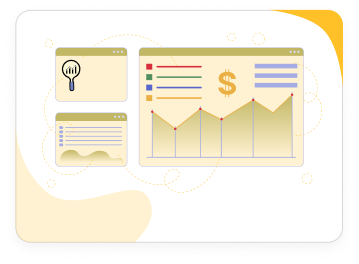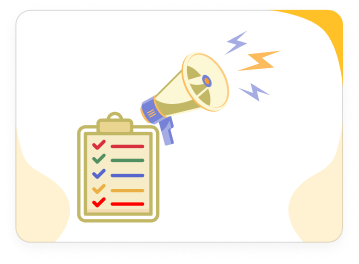Ready to elevate your social media strategy? Fill out the form to instantly download your free Social Media Reporting Template.
This template is crafted to help you track performance, analyze engagement metrics, and optimize your social media efforts for greater success.
What sets it apart?
It’s a fully customizable Google Doc, perfect for team collaboration, precise data analysis, and staying organized while driving measurable results across all platforms.
What you’ll gain:
➔ Design social media strategies with defined goals, tailored timelines, and actionable key performance indicators to achieve impactful outcomes.
➔ Monitor social media performance with metrics such as audience growth, engagement rates, and conversions to boost ROI and refine your approach.
➔ Optimize workflows using tools that enhance team collaboration, maintain transparency, and ensure timely and effective execution of social media campaigns.







